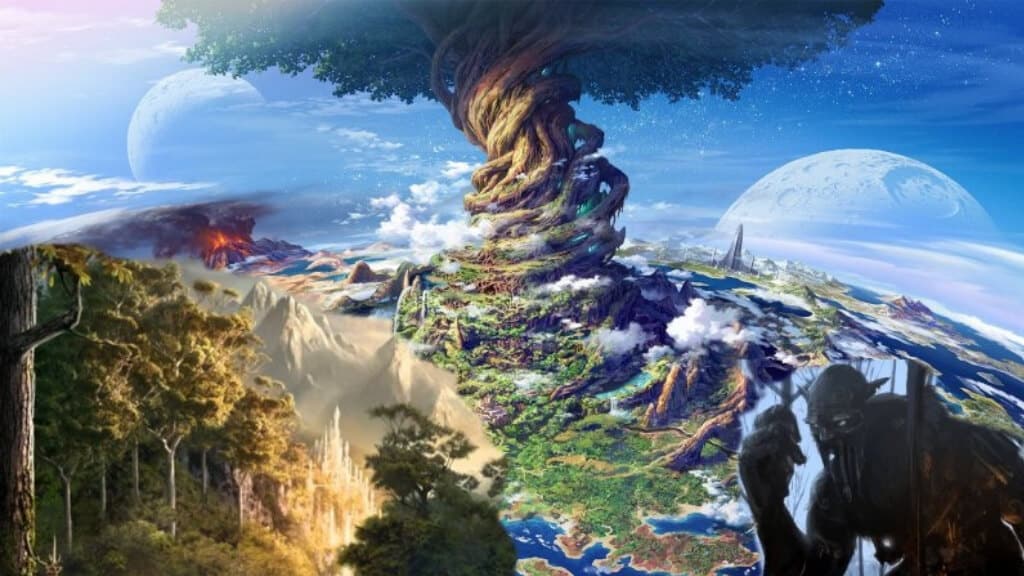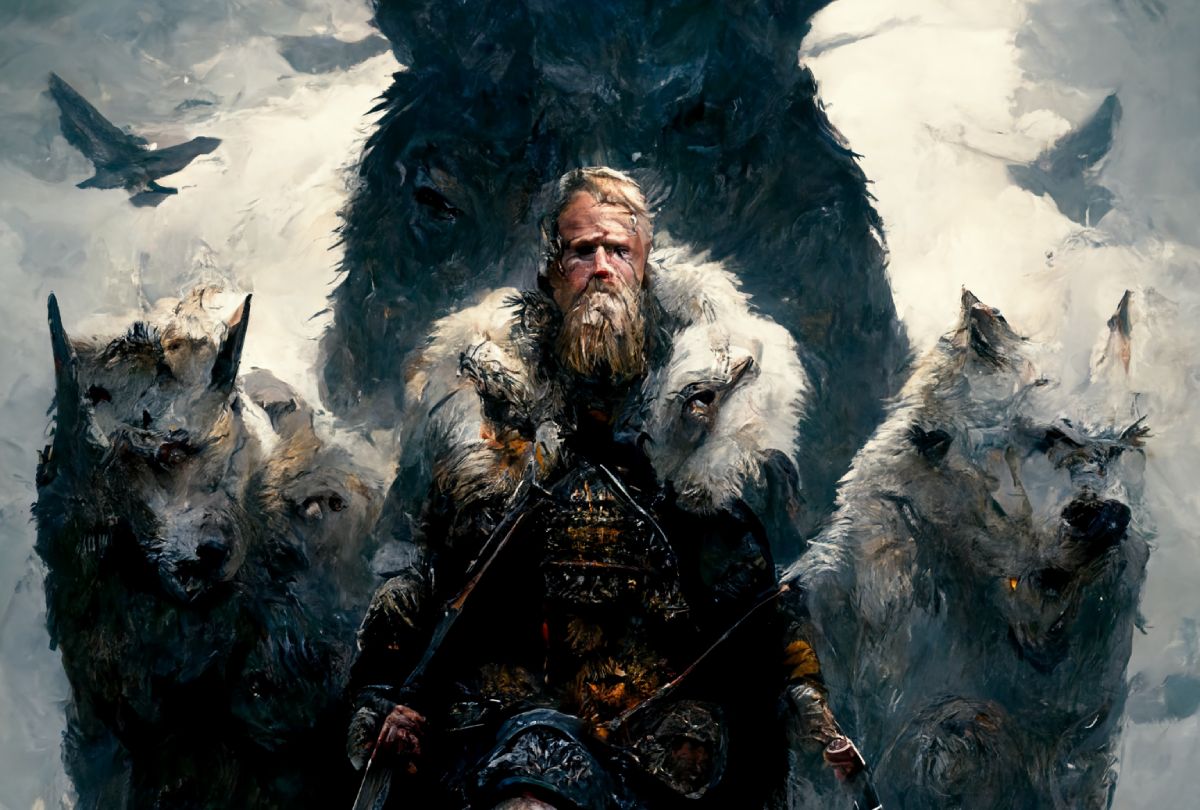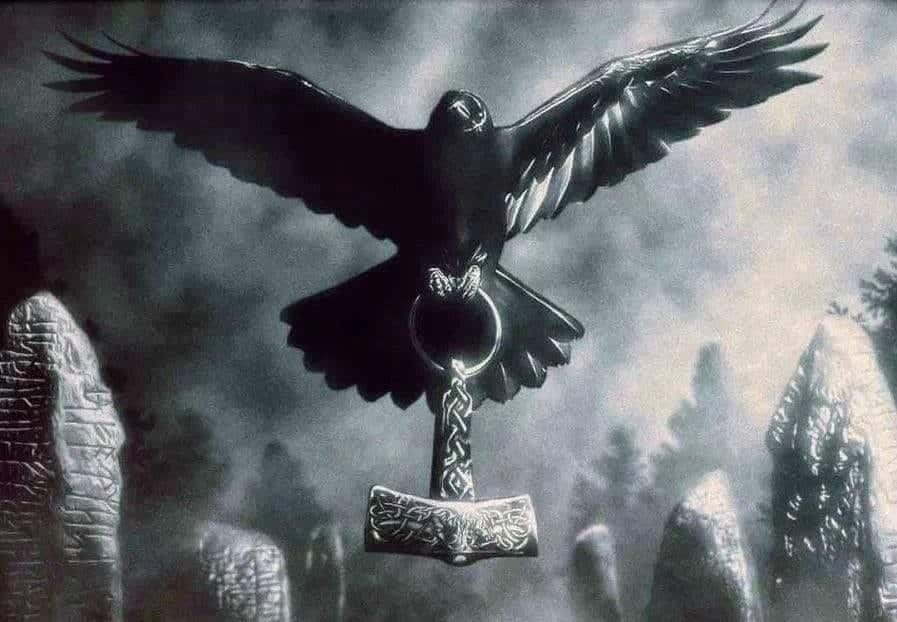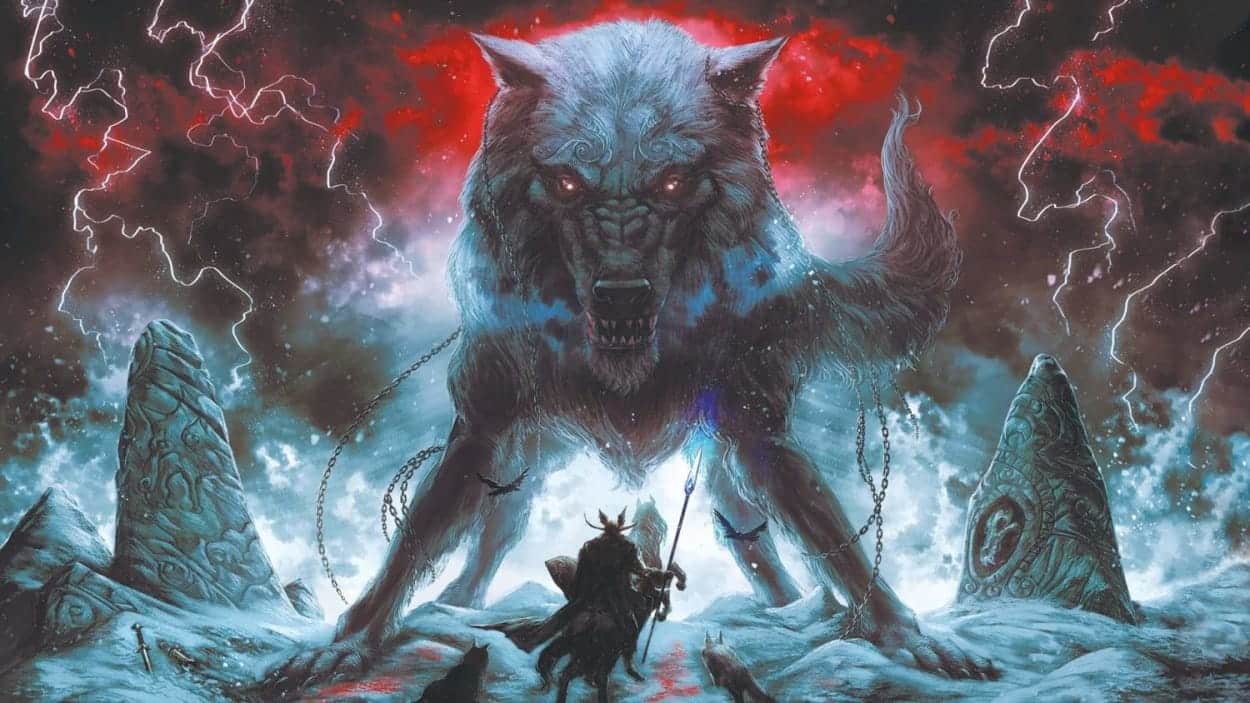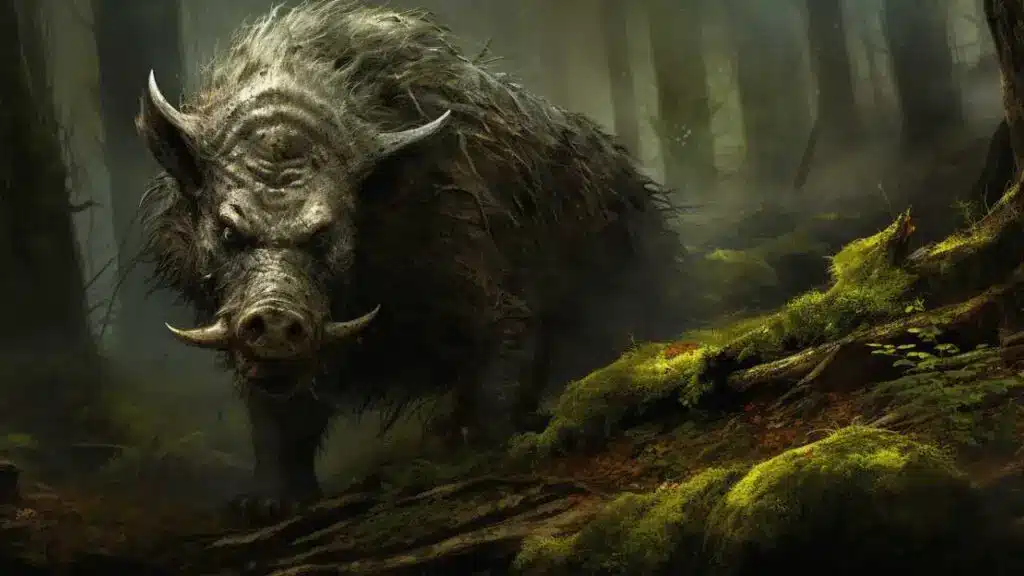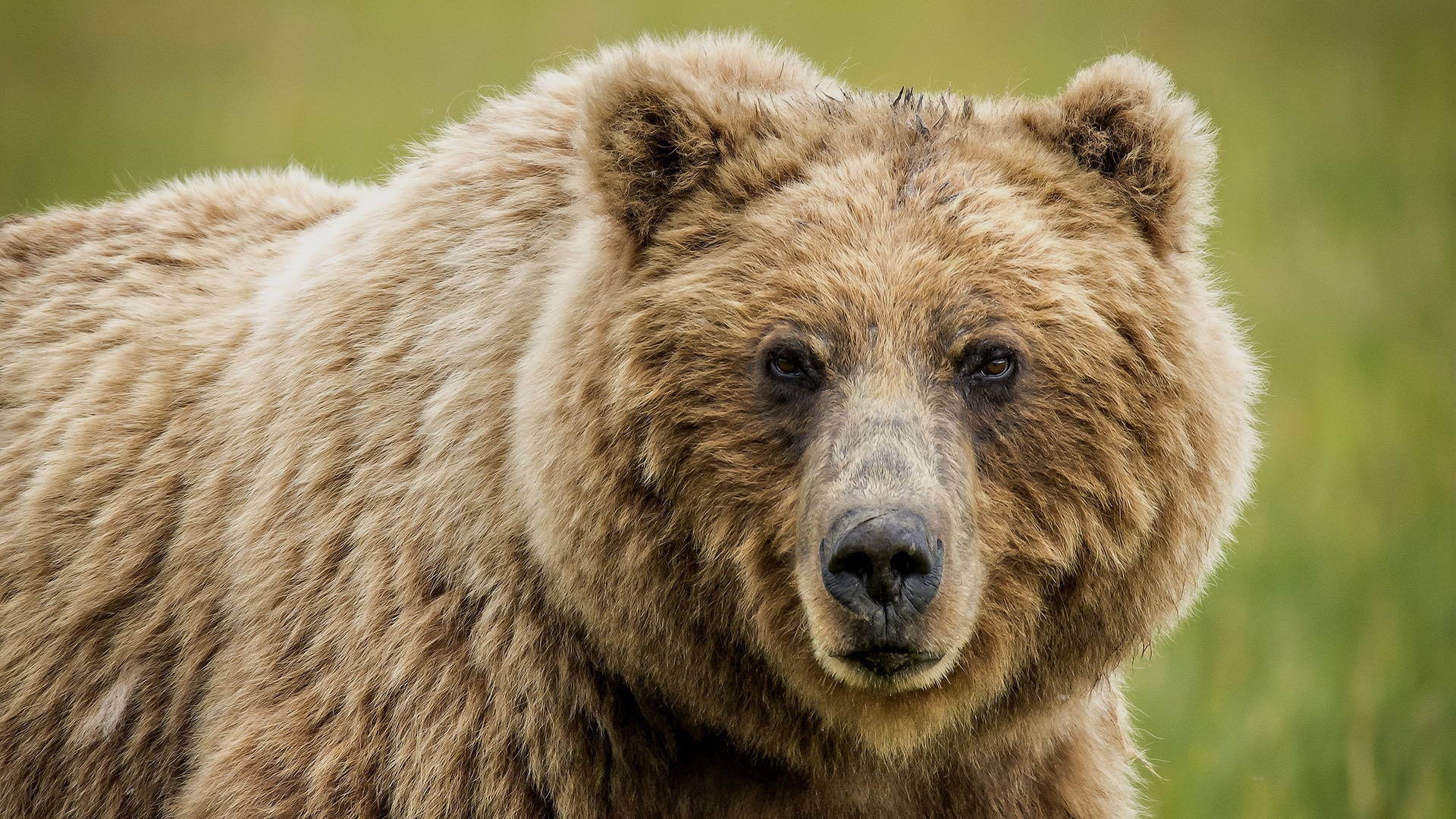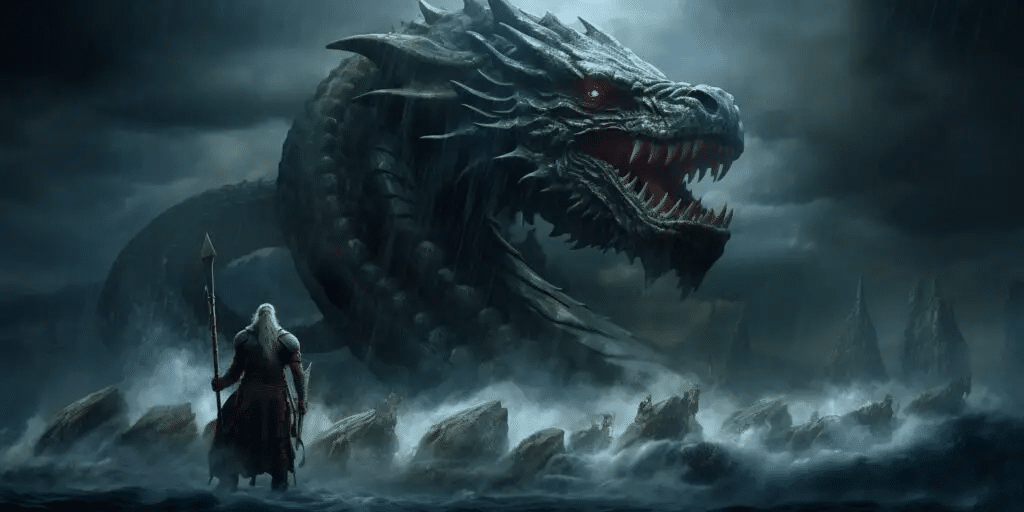Animals and humans have had an interconnecting relationship since time immemorial.
With profound interdependence between the two, both creatures have contributed their part in establishing harmony for the betterment of nature altogether.
And have been there for each other since their existence on the planet began.
Animals in Norse mythology have been no different.
Nature has a record of many mysterious and fascinating animals that bonded with the Vikings.
In this article, we aim to shed light on the significance of a few of the most important animals of Norse mythology.
Animals in Viking Culture
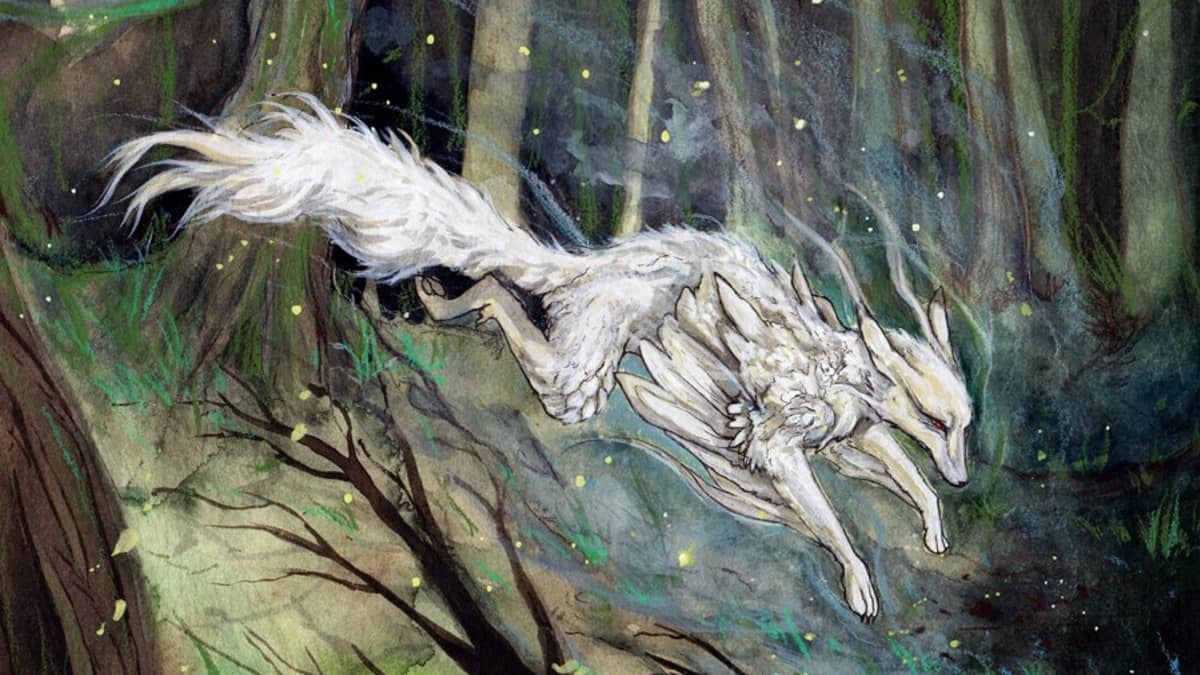
Several works of research and literature, art, and architecture at the Museum of Cultural History in Oslo have confirmed that animals were important in the Vikings’ society, including animals beginning with N, which held significant roles in their myths and legends.”
They were not really ‘revered,’ however, their tales were highly respected.
They believed that humans could shapeshift into animals and vice-versa, each possessing the characteristics of the other.
This is where the concept of the spirit animal and guardian spirit came about. In Norse mythology, they were termed ‘Fylgje’ (plural: Fylgjur).
Norse Animal Symbolism
As per several legends, Norse mythology’s animals were considered powerful and respectable creatures, each symbolizing a specific trait of human nature.
Below, we have listed a few of them, along with the characteristics that they represent.
1. Raven
Norse mythology is incomplete without a discussion about the ravens.
They are believed to be highly intelligent creatures who represent courage and sacrifice.
Allfather Odin is portrayed as carrying two ravens, Huginn and Mumin, on his shoulders.
Symbolically, they characterized ‘Thought’ and ‘Memory,’ respectively.
Every morning, Odin would send them to Midgard, where they would gather information and spread the news and then return at the end of the day to share the information with Odin.
They are believed to be the guardian spirits of the dead.
Hence, seeing them hovering over the battlefield meant that Odin was willing to accept the sacrifice of the fallen soldiers who were courageous enough to give up their lives in a fight for justice.
2. Wolf
Wolves possess valor and strength and, hence, symbolize the virtue of power and protection.
Angrboda, a giantess, is the mother of wolves. Fenrir, one of the most powerful wolves, carries a legacy of prowess and determination.
He is one of the children of Loki and Angrboda and, unlike other wolf-pups, grew massive in size.
Hence, he was feared by the Aesir, who decided to restrain him by chaining his legs, which proved an effort in vain.
After that, Odin called upon the dwarves, who made a chain called Gleipnir, which clamped tighter the more Fenrir tried breaking out of it.
Skoll and Hati, two other wolf kins of Fenrir, are believed to have been chasing the Sun God Sol and Moon God Mani, respectively.
Fenrir will be freed from the shackle and devour Odin, and Skoll and Hati will devour the Sun and Moon, plunging the world into blood and darkness.
3. Boar
Symbolizing the 2 F’s – fertility and fearlessness, boars in Norse mythology demonstrate a great spirit of vigor. Vikings had carved designs of boars on their helmets.
In Norse mythology, the story of 3 boars is especially remarkable – Saehrimnir, Gullinbursti, and Hildisvini.
Valhalla is incomplete without Saehrimnir, who gets butchered by the cook Andhrimnir every evening and is cooked in the cauldron Eldhrimnir to feed the starving battlefield warriors.
The next morning, Saehrimnir appears whole and is known to satiate the hunger of every visitor of Valhalla every day.
Gullinbursti was created by two dwarf brothers, Brokkr and Eitri, and has the four legs of a horse and a golden mane that shines as bright as the Sun.
Freyja rides him into battles as he runs faster than any horse, whether on sea or land.
Freya, Freyja’s sister, rides Hildisvini, created by dwarves Dain and Nabbi. Hildisvini is believed to be the boar form of Freya’s human lover, Ottar.
4. Bear
Bears hold a notable designation in Norse mythology.
Considered the ‘king of animals’, the male and female counterparts represent invincibility, strength, determination, compassion, protection, and nurturing, respectively.
According to a legend, a she-bear once protected and nurtured to good health, the hero Sigmund and his sister, and this is how female bears represent the abovementioned qualities.
Bears are also considered the forefathers of the human race, as Gods Thor and Odin came to visit the human world disguised as bears.
Polar bears are associated with the ability to help humans unlock suppressed emotions, thus helping in their journey of healing.
5. Serpent
Representing balance and destruction, the serpent is a creature of alluding mystery.
It represents the importance of balance for the sustenance of life and the ruination following loss of balance.
Jormungandr is one of the most important Norse mythical animals.
He is one of the three children of Loki and Angrboda.
Frightened by his rapid growth and the harm he may cause, Odin cast him into the ocean, where he grew so large that Jormungandr is believed to have encircled the realm of Midgard with its giant tail.
This way, he holds and balances the Midgard. However, during Ragnarok, he will grow even more massive, such that his mouth will come to bite its tail after more coiling around the base of the Midgard.
His head will then rise above the oceans after uncoiling himself from the base of the Midgard, and it is then that his arch-enemy Thor will come to end his life with his hammer.
The venom that Jormungandr will spew in the process will also kill Thor quickly.
In a saga of sustenance and destruction, serpents, considered evil, continue to hold authority in Norse mythology.
Conclusion
Norse mythology never falls short of mesmerizing its readers.
The animals in Norse mythology play an important role in this and testify that a harmonious relationship with the different creatures of Nature is not just healthy but also helpful for the survival of the human race.
These mythological tales are meant not just for fantasy but have always been meant to promote a symbiotic relationship that humans should nurture.
What are your thoughts on this? Do you know any other stories related to different animals in Norse mythology? Let us know your favorites here in the comments section below.

